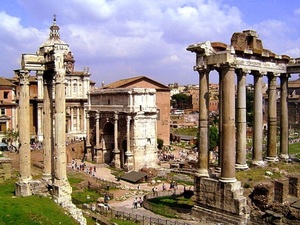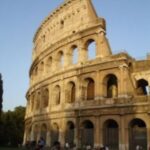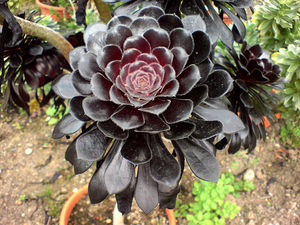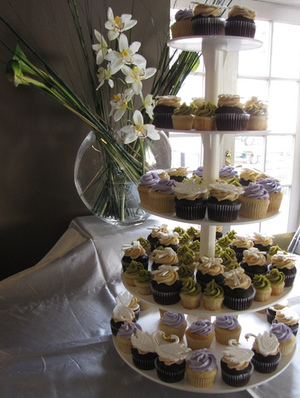In the 6th century BC, the central site of the Forum was a busy marketplace frequented by the citizens of Rome. Over time, the Patricians added temples, and with the growth of the Republic, government buildings eventually covered the hilly landscape that backs up to the famous Coliseum.
The monuments and skeletal remains of the Forum have survived centuries of wars, conquests, natural disasters, and ruinous plagues. They have stood silent witness to the advent of a great democracy, a world religion – and ultimately the fall of the mighty Roman Empire.
During the Golden Age of Rome, the Forum’s open spaces were indeed impressive. The streets were paved with marble, and imposing statues dominated every public square. The civic buildings were designed and constructed to last a thousand years. Under different historical circumstances, these massive stone edifices adorned in gold and bronze, would certainly have exceeded their builders expectations.
The interiors of the Forum buildings were equal in elegance to the facades. Long naves lined with colorful marble pillars ornamented in gold led to vast halls of enormous dimension.
When in Rome, be sure to have the Forum ruins on your tour list. Maps that provide pictorial images of what the structures looked like in the glory days are well worth the purchase price. With map in hand, walk the wide thoroughfares, and imagine the splendor of two thousand years past.
When you enter the Forum complex, you will be standing near the apex of extraordinary history.
Visualize the Apostles Peter and Paul preaching on the steps of the Curia Julia in 59AD – and the Emperor Nero watching the conflagration of the grand temples in 64AD.
To your left is where Julius Caesar was assassinated at the Porticus Pompei in 44BC, and to your right, that’s where Napoleon’s campfires cast shadows on the Arch of Titus in 1798 – the Arch is a commemoration of the Roman capture of Jerusalem in 70AD.
Look further to your right toward the Temple of Vesta. Mussolini and Hitler posed for a photo in 1938, just to the west of those three gigantic columns.
The history goes on and on.
Today, millions of vacationers – from all corners of the globe – walk here and wonder how a nation that could create such grandeur could have faltered and completely lost its way.
For more information about the history of the various structures in the Forum, click on the names. For more of our photos of the Forum check out the slideshow at the end of this article.
Temple of Castor and Pollux, Temple of Saturn, Temple of Vesta, Temple of Venus and Roma, Temple of Antoninus and Faustina, Temple of Caesar, Temple of Vespasian and Titus
Temple of Concord, Shrine of Venus Cloacina, Basilica Aemilia, Basilica Julia
Basilica of Maxentius and Constantine, Arch of Septimius Severus, Arch of Titus, Arch of Tiberius, Arch of Augustus, Regia, Rostra, Curia Hostilia , Roman Senate, Tabularium, Gemonian stairs, Clivus Capitolinus, Umbilicus Urbi, Milliarium Aureum, Lapis Niger, Atrium Vestae, Via Sacra, Colosseum, Column of Phocas, Tullianum
Happy travels!
Photos © Wayne and Judy Bayliff







